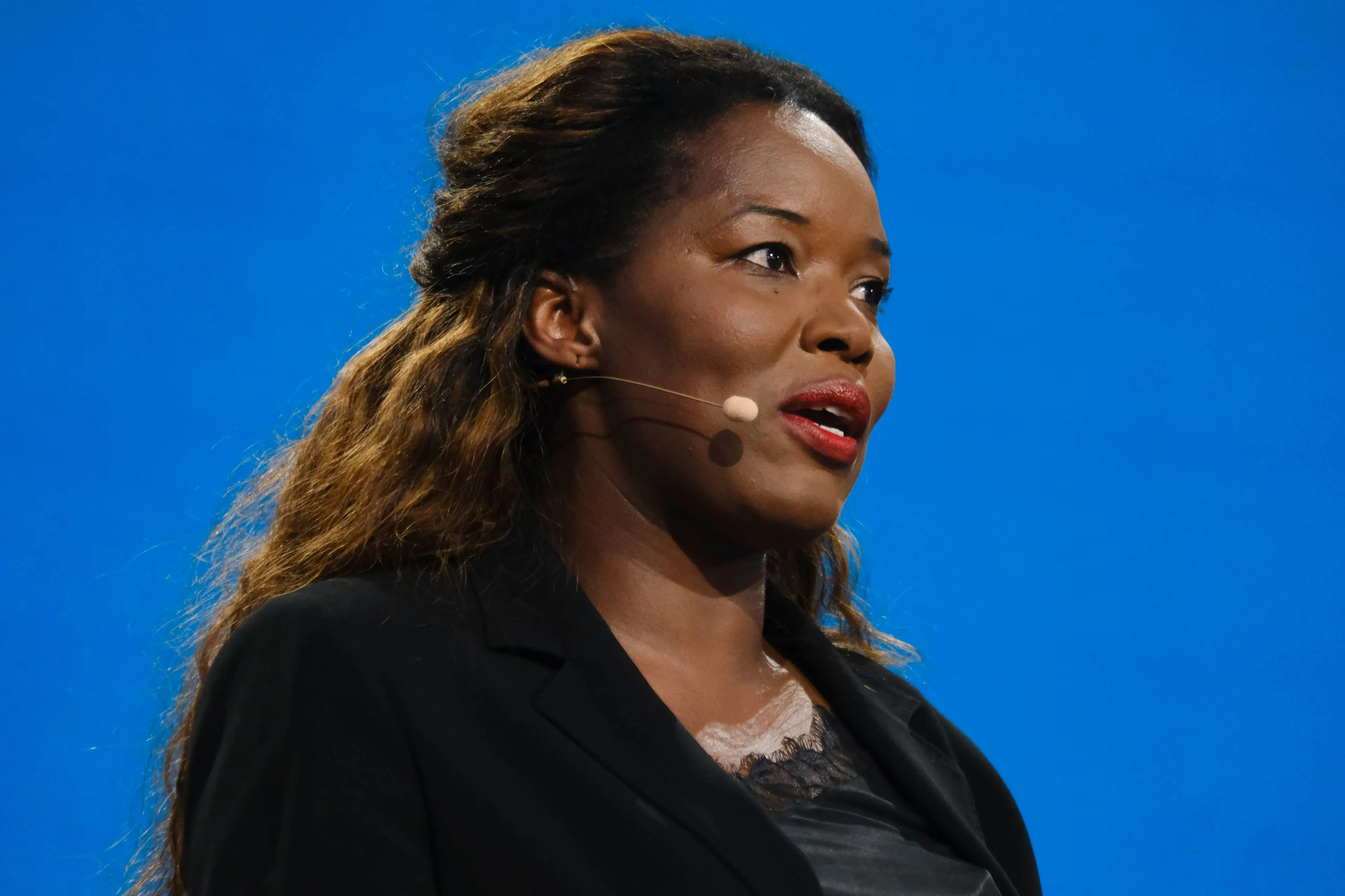Duurzame energie: EROEI een handig analytisch instrument om zin van onzin te onderscheiden
Duurzame energie levert niet voldoende op om onze beschaving in stand te houden. Resultaat? Massale verarming en doffe ellende!
EROEI, soms ook wel afgekort als EROI = 'Energy Returned On Energy Invested' is een handig analytisch instrument om te bepalen of een bepaalde vorm van energie al dan niet rendabel is in termen van de verhouding energieoutput/energieinput. Daarmee kan het kaf snel van het koren worden gescheiden. Het blijkt dat 'duurzame' energie slecht scoort en dus allesbehalve als duurzaam kan worden beschouwd.
Onder de titel, 'Renewables cannot sustain civilisation', attendeerde Bishop Hill (Andrew Montford) zijn lezers op een 'posting' van John Morgan op de website 'The Energy Collective'.
Bishop Hill:
The other day we were considering the concept of EROI, the amount of energy you get out of a given technology for the amount you have to put in. Specifically we were looking at the figures for solar PV in Spain.
With splendid timing, the Energy Collective has published a post considering EROI for the full gamut of energy technologies. At first glance the story looks not too bad, with wind and solar PV (so long as it's in a desert) above the minimum level of 7 that the article says is needed to sustain a modern society (breakeven EROI of 1 is not really worth the bother). The problem arises when you have to start storing all energy from renewables, which as their adherents suggest is the key to having them compete with fossil fuels.
If we were to store energy in, say, batteries, we must invest energy in mining the materials and manufacturing those batteries. So a larger energy investment is required, and the EROEI consequently drops.
Weißbach et al. calculated the EROEIs assuming pumped hydroelectric energy storage. This is the least energy intensive storage technology. The energy input is mostly earthmoving and construction. Its a conservative basis for the calculation; chemical storage systems requiring large quantities of refined specialty materials would be much more energy intensive. Carbajales-Dale et al.2 cite data asserting batteries are about ten times more energy intensive than pumped hydro storage.
Adding storage greatly reduces the EROEI (the buffered values in the figure). Wind firmed with storage, with an EROEI of 3.9, joins solar PV and biomass as an unviable energy source. CSP [Concentrated Solar Power] becomes marginal (EROEI ~9) with pumped storage, so is probably not viable with molten salt thermal storage. The EROEI of solar PV with pumped hydro storage drops to 1.6, barely above breakeven, and with battery storage is likely in energy deficit. ...
Lees verder hier.
Onder de titel, 'The Catch-22 of Energy Storage', schreef John Morgan in het oorspronkelijke artikel onder meer het volgende:
Pick up a research paper on battery technology, fuel cells, energy storage technologies or any of the advanced materials science used in these fields, and you will likely find somewhere in the introductory paragraphs a throwaway line about its application to the storage of renewable energy. Energy storage makes sense for enabling a transition away from fossil fuels to more intermittent sources like wind and solar, and the storage problem presents a meaningful challenge for chemists and materials scientists Or does it?
Several recent analyses of the inputs to our energy systems indicate that, against expectations, energy storage cannot solve the problem of intermittency of wind or solar power. Not for reasons of technical performance, cost, or storage capacity, but for something more intractable: there is not enough surplus energy left over after construction of the generators and the storage system to power our present civilization.
The problem is analysed in an important paper by Weißbach et al.1 in terms of energy returned on energy invested, or EROEI the ratio of the energy produced over the life of a power plant to the energy that was required to build it. It takes energy to make a power plant to manufacture its components, mine the fuel, and so on. The power plant needs to make at least this much energy to break even. A break-even powerplant has an EROEI of 1. But such a plant would pointless, as there is no energy surplus to do the useful things we use energy for.
There is a minimum EROEI, greater than 1, that is required for an energy source to be able to run society. An energy system must produce a surplus large enough to sustain things like food production, hospitals, and universities to train the engineers to build the plant, transport, construction, and all the elements of the civilization in which it is embedded.
For countries like the US and Germany, Weißbach et al. estimate this minimum viable EROEI to be about 7. An energy source with lower EROEI cannot sustain a society at those levels of complexity, structured along similar lines. If we are to transform our energy system, in particular to one without climate impacts, we need to pay close attention to the EROEI of the end result.
The EROEI values for various electrical power plants are summarized in the figure. The fossil fuel power sources were most accustomed to have a high EROEI of about 30, well above the minimum requirement. Wind power at 16, and concentrating solar power (CSP, or solar thermal power) at 19, are lower, but the energy surplus is still sufficient, in principle, to sustain a developed industrial society. Biomass, and solar photovoltaic (at least in Germany), however, cannot. With an EROEI of only 3.9 and 3.5 respectively, these power sources cannot support with their energy alone both their own fabrication and the societal services we use energy for in a first world country.
Energy Returned on Invested, from Weißbach et al.,1 with and without energy storage (buffering). CCGT is closed-cycle gas turbine. PWR is a Pressurized Water (conventional nuclear) Reactor. Energy sources must exceed the economic threshold, of about 7, to yield the surplus energy required to support an OECD level society. ...
This is not to say wind and solar have no role to play. They can expand within a fossil fuel system, reducing overall emissions. But without storage the amount we can integrate in the grid is greatly limited by the stochastically variable output. We could, perhaps, build out a generation of solar and wind and storage at high penetration. But we would be doing so on an endowment of fossil fuel net energy, which is not sustainable. Without storage, we could smooth out variability by building redundant generator capacity over large distances. But the additional infrastructure also forces the EROEI down to unviable levels. The best way to think about wind and solar is that they can reduce the emissions of fossil fuels, but they cannot eliminate them. They offer mitigation, but not replacement.
Na nader te zijn ingegaan op de beperkingen van het potentieel van verschillende opslagtechnieken concludeert Morgan:
[ ] the idea that advances in energy storage will enable renewable energy is a chimera the Catch-22 is that in overcoming intermittency by adding storage, the net energy is reduced below the level required to sustain our present civilization.
Lees verder hier.
Op Climategate.nl schonk ook Rypke Zeilmaker aandacht aan dit thema. Zie hier.
Alweer een illusie armer!
Voor mijn eerdere DDSbijdragen zie hier.
Ga verder met lezen
Dit vind je misschien ook leuk
Laat mensen jouw mening weten
Plaats reactie




